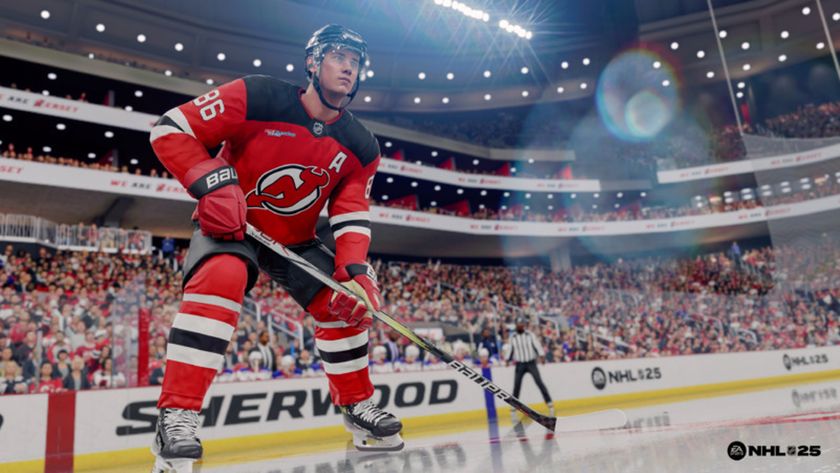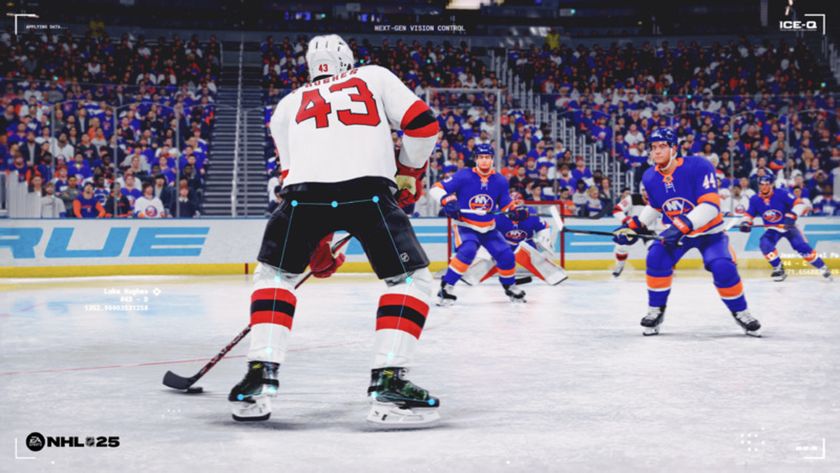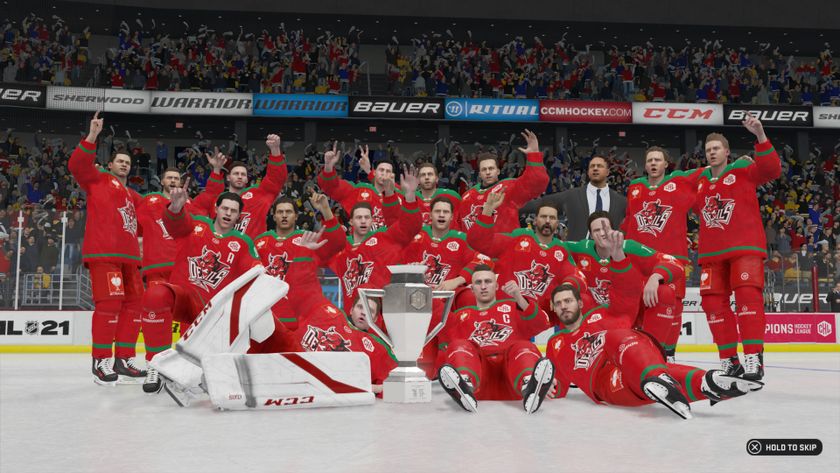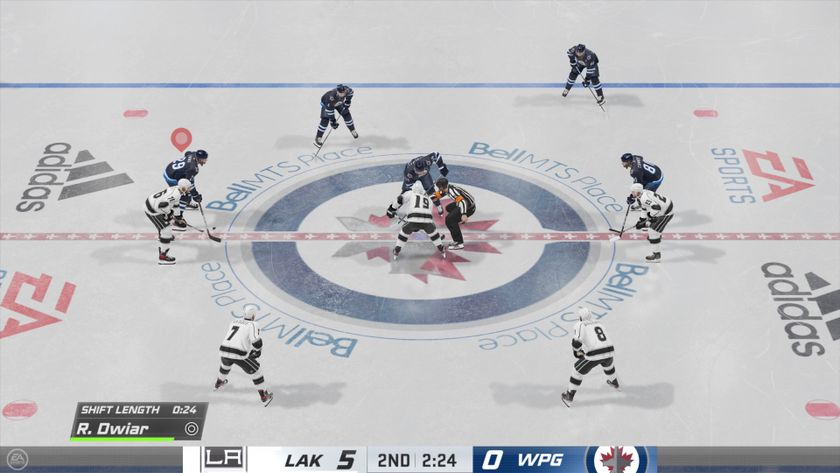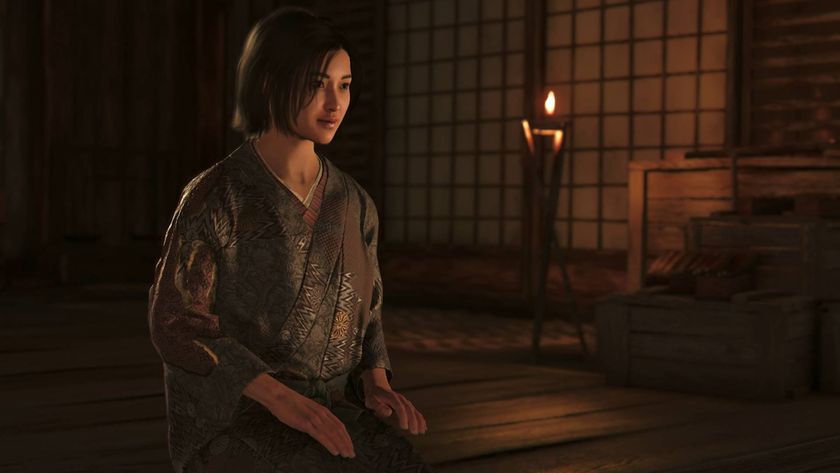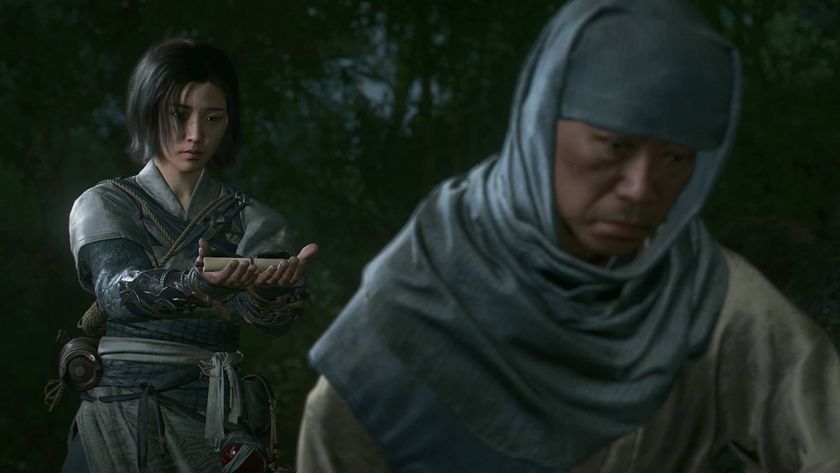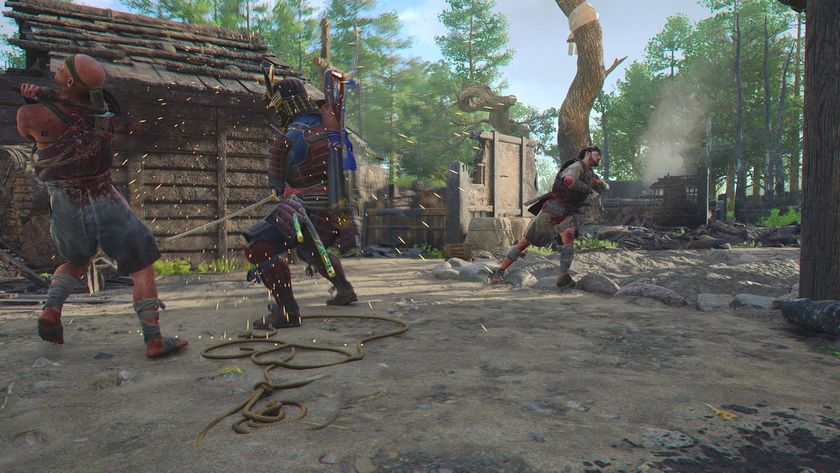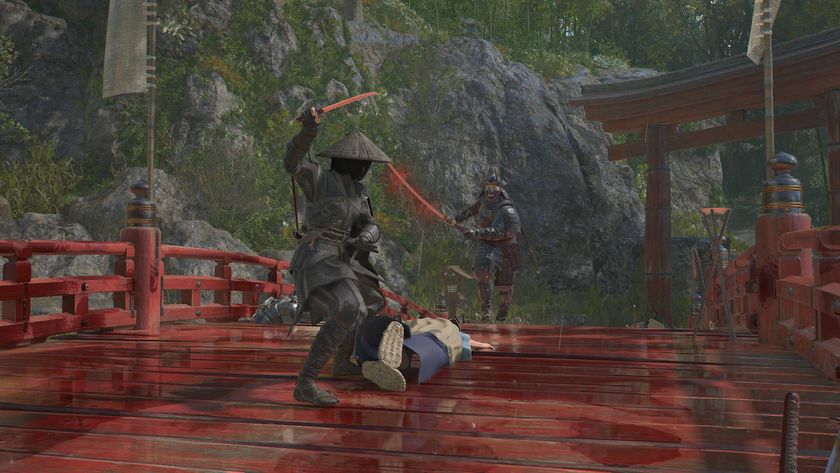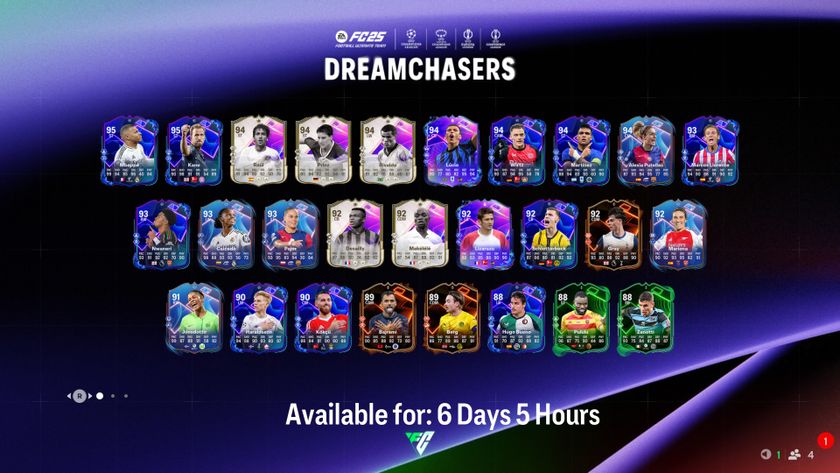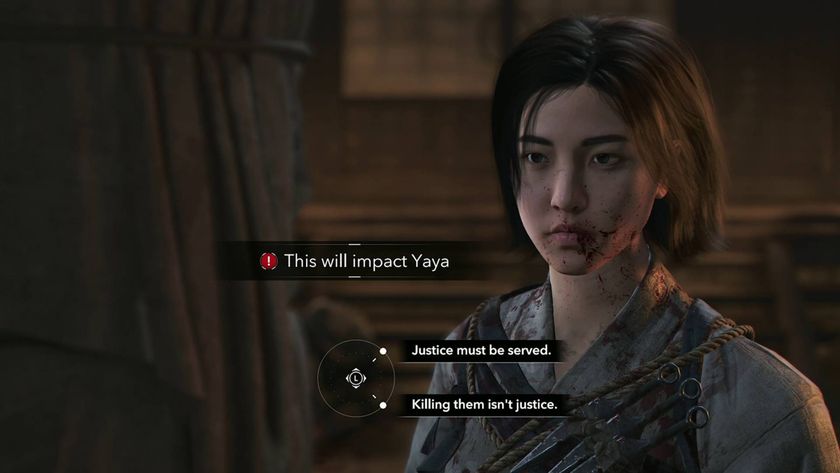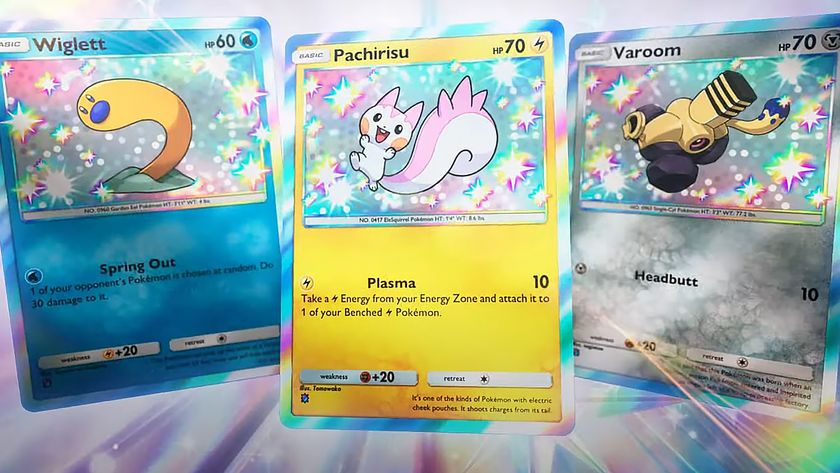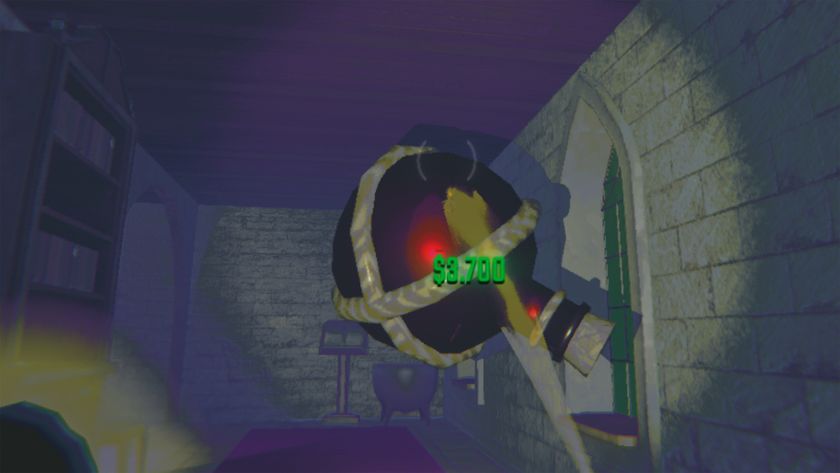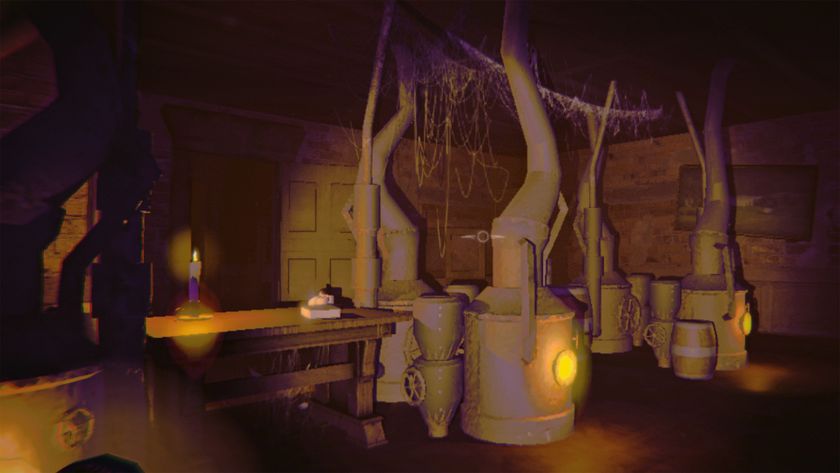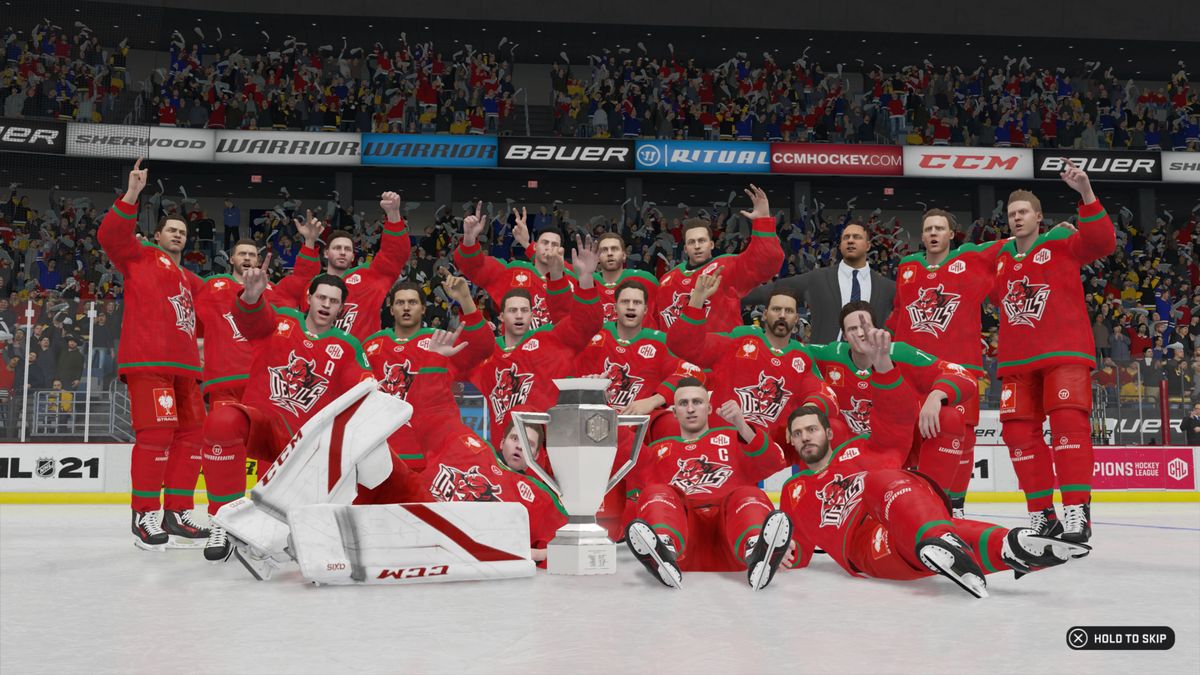
Keeping some top NHL 21 tips to hand will have you skating in the right direction throughout this unconventional season. EA's latest hockey sim offers plenty of bang for your puck, from carving out a solo career in Be A Pro, to steering a franchise-sized ship to annual glory, to NHL 21's excellent World Of CHEL online mode. Our NHL 21 tips span the game's modes and cover gameplay, management, and everything else to bear in mind, both on and off the ice.
1. Practice does make perfect
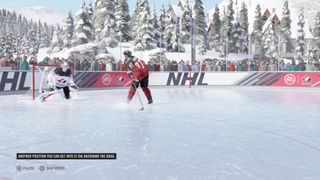
Dekes, shooting, passing, and more: there's plenty going on in NHL 21 that you have to control through a handful of buttons. As a result, it pays dividends to practice. This is emphasised from the comprehensive tutorials, helping you know the game inside out and getting your eye in across the ice. For example, I have put extra time into practicing the timing, skating, and momentum when going for a big hit. This isn't as easy as skating in the vicinity of another player: it comes via a mix of familiarity and instinct, fine-tuned by putting the extra hours in.
2. Master the dekes and skills
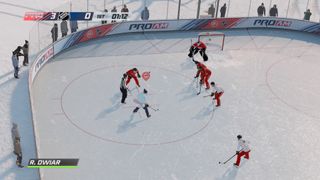
Dekes give you an edge in games, and add some flair to your plays, but some can be tricky to nail. Knowing how to pull off a one-handed deke can be the difference between scoring a one-on-one and missing, and thus winning a game or not. Plus, they're cool as heck – so why wouldn't you want to have these in your armoury? You can practice in the training camp tutorials, but to add a bit more realism, and jeopardy, spend time in HUT Rush which actively rewards you for being skilful – or in the more informal and spacious rinks of the World of CHEL mode.
3. Use all the shooting and passing tools
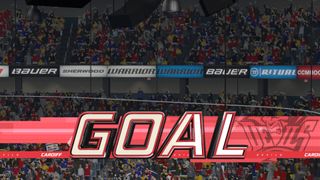
On top of the fancy skills, there's a multitude of passing and shooting 'types' to cram into your arsenal, and the sooner you do this the better. Alongside wrist and slap shots, one-timer shots are a sure-fire way to test any goalie and prove an incredibly effective way to score given the speed and surprise they offer. By passing the puck and pre-emptively executing the controls to perform a one-timer, you can turn any situation into a dangerous one. And in terms of passing, the underrated saucer pass is a quality move to use – enabling you to bypass defenders even if they, and their stick, are direct obstacles.
4. Keep an eye on defense
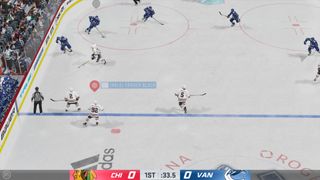
It's key to balance your offense with a solid defense. That's not to say defensemen shouldn't get involved in pressing for a goal, or that you should always have one of your forwards in defensive mode, but with the AI being more competent in NHL 21, each attack's threat is real. You can't just rely on your goalie.
A handy play I recommend is engaging your retreating players in backward skating relatively early when returning to your defensive zone so as to stay in front of the oncoming attack. This enables you to easily and safely engage in poke checks and stick lifts - as opposed to lunging at them hopelessly from behind, which is just asking for penalties.
5. Balance your answers in Be a Pro conversations
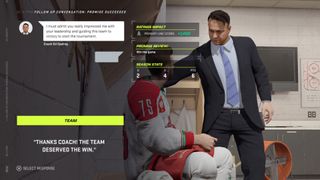
Speaking of balance, in Be a Pro, you need to tread the right line with what you say. Due to there being repercussions from the conversations - affecting your brand (you as a star), your team-mates' attitude toward you (which can lead to on ice advantages and increased pass rates), and management likability (which helps with keeping you in the bosses' good books ensuring ice time and so on) - taking time to consider your response is wise. You can also emphasise your own lifestyle and professional approach by answering in line with your priorities. Want to look after yourself following your life on the ice? Prioritise your brand with the Star answers. See the team as the most important factor? Boost your team likability rating with answers that are team-centric. You can then accentuate this by investing in the dialogue skills to open up different avenues of conversation which reveal more options.
6. Familiarise yourself with the intricacies of running a Franchise
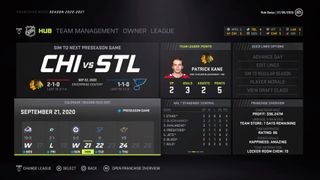
The franchise mode's screens, menus, and options can be intimidatingly full and complex. The quicker you digest each of the facets of running a franchise and get on top, the quicker you can steer the ship in the right direction, and, more importantly, your direction. Break each chunk of the franchise down to singular factors to master one thing at a time. Then, be it rosters, the trade block, owner targets, or training, you'll soon be across everything.
7. Invest in scouting
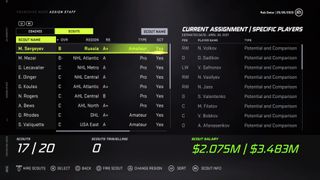
A true highlight of the Franchise mode is the scouting. But if you want to build a quality, dynasty-owning team and franchise, you need the best scouts and to be clever in where you send them. As a result, it's always worth trying to squeeze in an extra salary's worth into the overall franchise budget if you can, and to ensure your pool of scouts are experts and are active across the world. The Fog of War setting is great for increasing realism, but also difficulty - in a good way. This requires players to be scouted multiple times in order to clear the 'fog' on their profiles, gradually revealing more information about them.
8. Be aware of franchise goals and targets
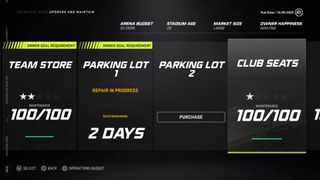
As well as managing the team, training, games, and fitness of the players - not to mention getting the right results on the ice - always be aware of the owner's demands and expectations. This isn't just about avoiding being in trouble though, as completing these challenges can result in welcome boosts in money, stature, and resources. From building more toilets and parking spaces to winning the first home game, it's all worth it. These also pleasingly fall in line with the dynasty-building approach that Franchise Mode encourages: a bigger and better team needs the best facilities and leadership too.
Sign up to the 12DOVE Newsletter
Weekly digests, tales from the communities you love, and more
Rob is the Deputy Editor of sister site, TechRadar Gaming, and has been in the games and tech industry for years. Prior to a recent stint as Gaming Editor at WePC, Rob was the Commissioning Editor for Hardware at 12DOVE, and was on the hardware team for more than four years, since its inception in late 2018. He is also a writer on games and has had work published over the last six years or so at the likes of Eurogamer, RPS, PCGN, and more. He is also a qualified landscape and garden designer, so does that in his spare time, while he is also an expert on the virtual landscapes and environments of games and loves to write about them too, including in an upcoming book on the topic!

